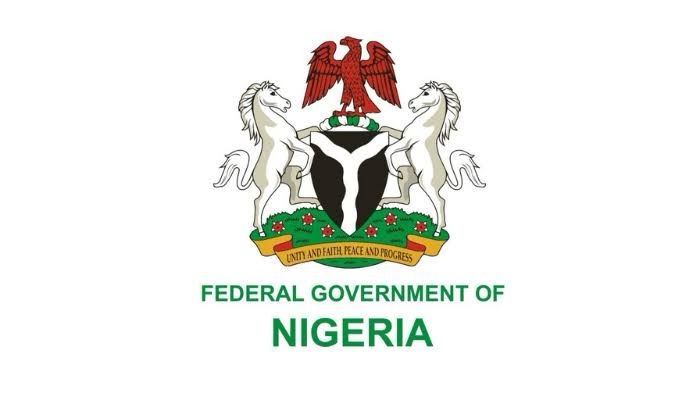Nigeria’s Federal Government generated ₦6.9 trillion in revenue between January and April 2025, marking a 40% increase from the ₦5.2 trillion recorded during the same period in 2024. This was disclosed by the Minister of Finance and Coordinating Minister of the Economy, Wale Edun, during the second-quarter 2025 Citizens and Stakeholders Engagement Session held in Abuja. The minister attributed this surge to a series of economic reforms introduced by the Tinubu administration, aimed at enhancing transparency, curbing leakages, and strengthening fiscal discipline across government agencies.
A major factor contributing to the revenue growth was the liberalisation of the foreign exchange market. The administration unified the multiple FX windows and allowed market forces to determine the value of the naira. This policy shift significantly narrowed the gap between the official and parallel market rates, effectively reducing opportunities for arbitrage and rent-seeking. Edun explained that this development restored confidence in Nigeria’s financial system by eliminating the profit incentives that previously existed for those who accessed foreign exchange at official rates and resold at inflated black-market prices.
Enhanced revenue collection mechanisms also supported the positive fiscal outlook through digitalisation. According to Edun, the adoption of technology in monitoring transactions and blocking revenue leakages across Ministries, Departments, and Agencies (MDAs) contributed to the improved fiscal performance. He emphasised that with better oversight and enforcement, revenue inflows had become more predictable and efficient.
Additionally, the reforms led to a notable boost in the country’s external reserves, which climbed from approximately $3 billion in 2023 to over $23 billion by mid-2025. This reserve growth, Edun noted, was bolstered by renewed investor confidence and improved forex management. The Shell $5.5 billion investment in Nigeria’s oil sector was cited as an example of the kind of international commitment being attracted by the government’s macroeconomic stabilisation efforts.
Beyond revenue growth, Edun outlined a broader strategy broken into three reform phases. The first phase focused on removing distortions in pricing, particularly in fuel and foreign exchange markets. The second involved macroeconomic stabilisation, while the third targets inclusive and sustainable growth. According to him, these reforms have enabled Nigeria to move away from an overreliance on central bank borrowing, reducing the debt service-to-revenue ratio from around 150% in early 2023 to 60% by the end of 2024.
On the social front, Edun pointed out that the government has rolled out interventions aimed at improving the quality of life for ordinary Nigerians. These include subsidised loans for small businesses, new mortgage products with below-10% % interest rates over 25 years, and significant investment in public health. Over 37 million Nigerians now have access to upgraded primary healthcare facilities, and about 400,000 young people are being targeted through the government’s new consumer credit initiative.
In the power sector, electricity output has risen by 40% due to ongoing reforms such as the introduction of a Band A tariff structure and the rollout of smart metering. The government is also working with international partners like the World Bank and the African Development Bank through the “Mission 300” programme, which aims to provide electricity access to 300 million Africans by 2030. Nigeria’s involvement is expected to accelerate the adoption of renewable energy solutions nationwide.
Furthermore, the Ministry of Finance Incorporated (MoFI) disclosed that it had so far identified ₦38 trillion worth of publicly owned assets and is targeting a valuation of ₦70 trillion by 2026. Over the next decade, MoFI plans to scale this to ₦100 trillion by leveraging these assets to attract investments and promote transparency in public asset management.
In summary, Nigeria’s fiscal performance in early 2025 reflects a strong rebound fueled by market-friendly policies, disciplined borrowing, and strategic reforms. While challenges remain, particularly in oil revenue and inflation control, the government’s reform agenda appears to be gaining traction across both macroeconomic indicators and social development outcomes.

